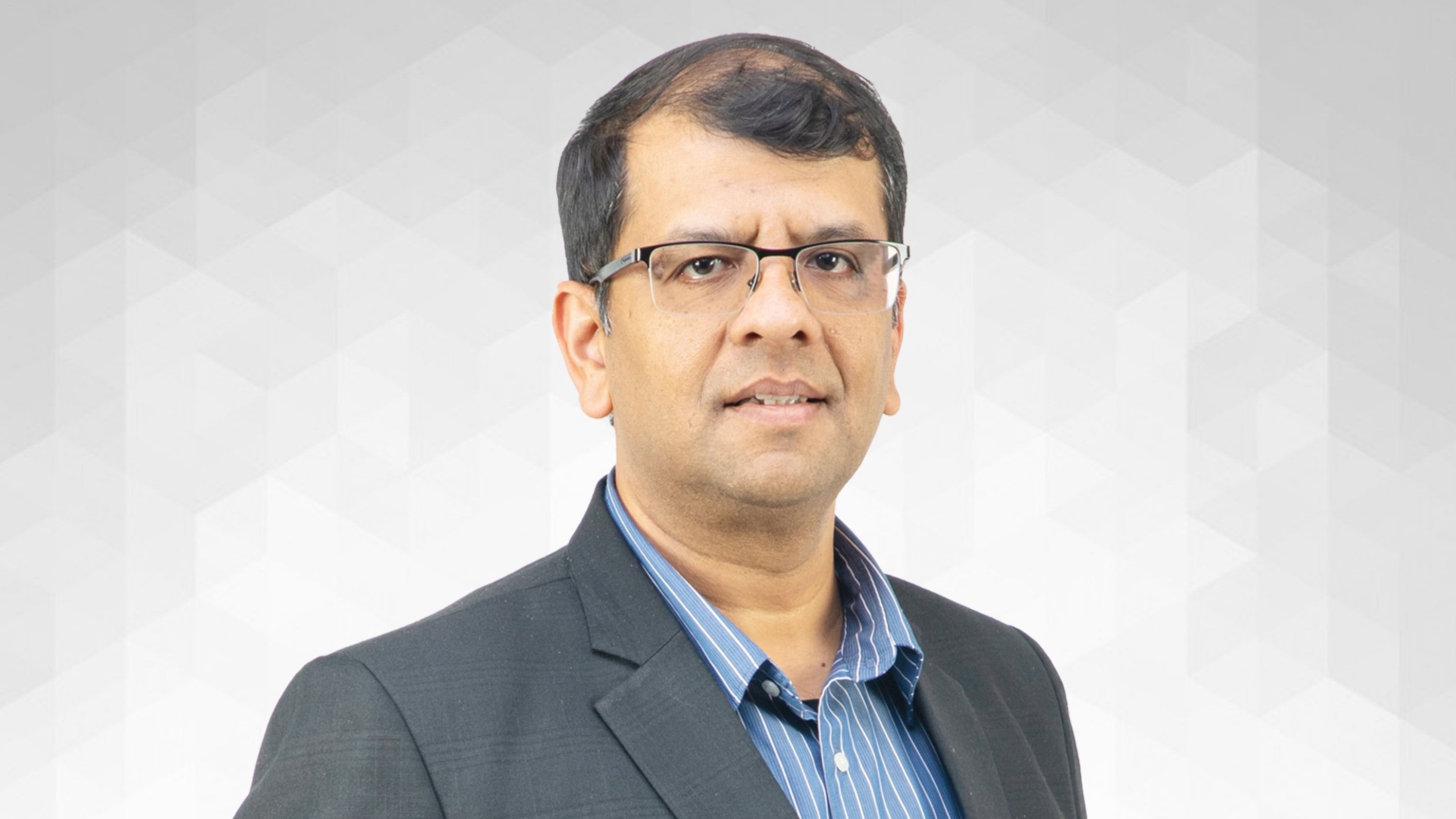
Credit: By special arrangement
Insurance penetration in India is among the lowest in major economies. The Insurance Regulatory and Development Authority of India (IRDAI) has come out with a vision of ‘Insurance for All’ by 2047. Is the insurance industry ready to meet this challenge?
In a conversation with DH’s Gyanendra Keshri, PNB MetLife Chief Distribution Officer Sameer Bansal explains the long journey India will have to chart for this aspiration, while also delving into this own company’s expansion plans and the evolving regulatory architecture in the country for the industry. Edited excerpts:
Given the present penetration, how far is India from its ‘insurance for all by 2047’ vision?
Currently, out of India’s population of around 140 crore, roughly 90 crore Indians are insurable. Of these, around 30 crore already have some policy. However, even for those who have a policy, there is an insurance gap of 83%. This means even the people who have taken the insurance policy, they have only 17% of what they need. So a lot needs to be covered. However, I am optimistic about the vision. The penetration will increase with growing income and awareness. Currently, the middle class constitute around 30% of India’s population. This is estimated to increase to 60% by 2047. The rise in disposable income will allow people to invest in insurance policies. Moreover, the proliferation of digital infrastructure and technology will make insurance more accessible and convenient. I hope these will help insurance transition from a tax-saving instrument to an essential safety net.
Is the existing insurance infrastructure capable of handling the requirement?
In India, there are 24 life insurance companies and 30 general insurance companies. Put together there are about 56-57 companies. If you look at markets like the US and China, we are very small. In the US there are more than 5,000 insurance companies for a population, which is less than one-third of ours. China has more than 200 insurance companies. I don’t see the number of companies growing that big in India. But certainly, India can absorb 80-100 insurance companies.
Do you find the Indian regulatory system too conservative or being an impediment in the sector’s expansion?
Insurance regulator clearly has a very positive vision about insurance for all by 2047. They are willing to take steps, which will help all of us in that direction. They have made it easier for new insurers to come in. They have made it easy for existing insurers to raise capital. The initiatives like open architecture policy for insurance distribution and the removal of cap on commission payments are enabling measures that will help in expansion of the sector. The good thing is, the intent and the action on the ground are absolutely matching.
What are the expansion plans of PNB MetLife?
We are one of the leading players in the life insurance business. We have around 150 of our own branches and have a presence across the country through an extensive network of over 18,600 distributor partner branches. The open architecture policy allows us to partner with more banks and thus broaden our distribution network. So we are looking at both the opportunities. We plan to add 10-15 more branches in the next 6 months. We already have around 300 partnerships. We are looking to expand that further. Digital is something which is coming up very quick and fast. We are also trying to reach out to our customers directly, without any intervention of distributors.
Can you elaborate on policy acquisition cost, especially commission to agents? Are digital channels more cost effective?
The agent commission is not a flat structure. It depends on the product. It ranges from 7% to 45%, depending on the nature of products. So there is a sharp difference between agent commission for a protection plan and that for a ULIP plan. Our new business acquisition cost is almost similar to LIC. There are some pure online products where the cost is lower than what it is offline. Opportunity for direct reach to customers is still very small, because most customers still don’t use the digital medium for buying life insurance.